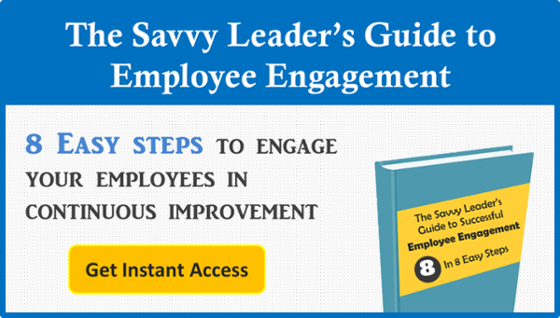 The greatest achievements are often accomplished from scientific thinking. Scientific thinking can be applied to any industry, especially healthcare, and not just the patient care aspect. Companies that practice the Kata approach, pioneered by Mike Rother, know that using scientific methods and thinking can give their organizations huge boosts in productivity and help solve issues where the solutions may not be clear.
The greatest achievements are often accomplished from scientific thinking. Scientific thinking can be applied to any industry, especially healthcare, and not just the patient care aspect. Companies that practice the Kata approach, pioneered by Mike Rother, know that using scientific methods and thinking can give their organizations huge boosts in productivity and help solve issues where the solutions may not be clear.
Michael Lombard, interim CEO of one of the hospitals within Cornerstone Healthcare Group wrote about the potential of scientific thinking in the healthcare industry on Mark Graban’s leanblog. In it, he says that involving scientific thinking isn’t always the easiest thing to do. Many times, people are scared off by the words ‘science’ and ‘scientific thinking,’ especially if it is not the norm for their industry. Leaders may not always see how scientific thought is applicable to their specific industry. Others may hear ‘scientific thought’ and think, “Are we going to put on lab coats?”
A Practical View of Scientific Thinking
The medical field is ingrained in scientific thinking, but the way it is run is not. In Huntington, West Virginia, a nurse leader using Improvement Kata was attempting to bring more scientific thinking into their daily huddle. While trying to explain the scientific method to his team, he told them that “It was as easy as XYZ."
The nurse that came up with the simple explanation told his staff this: “If we do X, we will get Y. But if we get Z, then we will learn from that." We’ll break it down for you into three easy steps.
Be Vigorous With the X
X is the action that we believe will produce the result. We want to be rigorous about X because if we determine at our next meeting the next step is X, when we follow up at the nect huddle we need to make sure that X was done. Doing X is integral to the experiment, but if X is not always done, then we can do a root-cause analysis to see why. Was the next step impractical? Are there issues that prevent our execution of X? It’s all about learning!
Be Curious About the Y
Y is what we believe will be the result of the experiment. X + Y = hypothesis. Our huddle needs to be curious about Y, so if run an experiment, the follow-up should be whether we agree with or reject our original hypothesis. If the result is something other than Y, then it is a cause for further investigation and not blaming staff or denying the evidence.
Be Excited About the Z
Z is a result that is different than we expected. If we get a result of Z, we should be excited because it is an opportunity for learning and further reflection. If we get Z, it would be a successful experiment in that we need to reflect and create a new hypothesis until we figure out the root of the issue. The focus here should be on learning and learning creates an environment that can make innovation happen.
Issues with XYZ
In health care, issues with X can occur if we do not define clear goals or steps. This can lead to blame or denial. Issues with Y can occur when we are hesitant in predicting how a patient will respond to treatment. Oftentimes we are hesitant because of issues with X, being the source of blame if the patient doesn’t respond accordingly. Issues with Z occur because of the fast-paced nature of health care, it can seem like there isn’t time to reflect. If we do not reflect, we cannot learn from our experiences.
These issues are built into daily healthcare work. How can you integrate XYZ thinking into your team’s daily work?
If you enjoyed this post, be sure to check out his webinar, A Lean Management System Supported in KaiNexus.



Add a Comment